Politics
Bearing Witness To The Growth of China-India Relations
Tang Lu
Jun 14, 2015, 12:45 PM | Updated Feb 11, 2016, 10:11 AM IST
Save & read from anywhere!
Bookmark stories for easy access on any device or the Swarajya app.
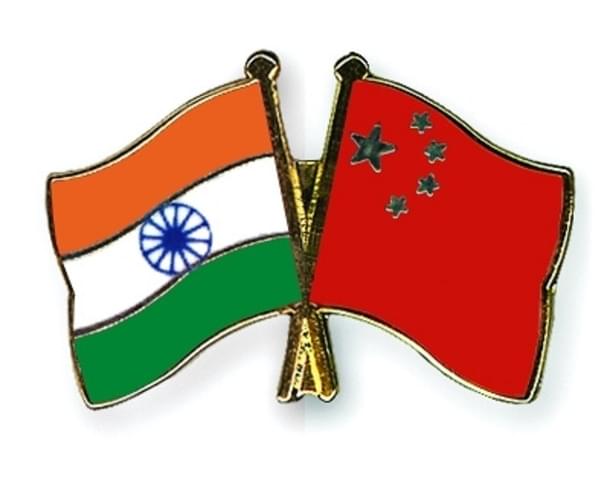
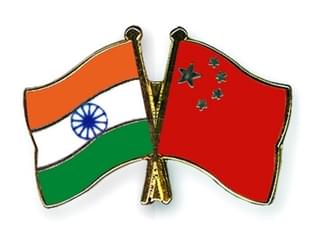
How can one bear witness to the growth of China-India relations? I’m really not trying to mystify things here. Although I have worked and studied at various places during my 20 years long career, I have never stopped paying attention to India.
As a journalist working for the Chinese state news agency, I’ve been writing a variety of reports about India. As a serious scholar, I have been doing an in-depth study and thinking on India. I studied international relations at the School of International Studies of the Jawaharlal Nehru University in New Delhi from 1996 to 1997. Later on, I studied about Indian politics and society at the Political Science Department of the Sardar Patel University at Anand, Gujarat from 2004 to 2005. Recalling my two study stints in India, I believe that they have significantly helped me in forming a more objective perspective towards India.
Twenty years ago, if one wanted to study the China-India relations, official statements were the only source, since there were very few reports about each other’s country in the respective media. At that time, painstaking efforts were needed to find any article about China in the Indian media. But nowadays, even skipping reading the Indian newspapers for just one day would make me feel that I have missed a lot of reports about China. Media exchanges between the two countries have also become more and more frequent.
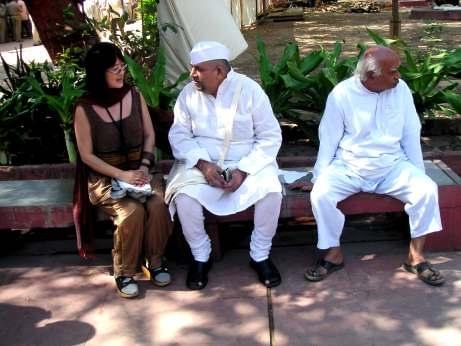
The author(L) is talking with Indian friends in Gujarat on March, 2005
I remember, ten years ago there was only one Indian journalist in China—my friend Mr. Anil Joseph from PTI, who covered all the stories from China for the Indian media. But now five Indian correspondents are based in China. Moreover, now China and India are sending several media delegations to visit each other’s country every year. We are also having regular China India Media Forums at both the official and private levels since 2013.
How the youngsters perceive each others’ countries bear significantly upon the future of China India relations. In 1997 when I was in India, there were only a dozen Chinese students studying in India, and the number of Indian students studying in China was also almost the same. But now the number of students from both the countries studying on the other side of the Himalayas has experienced an exponential growth. Two years ago I met around 30-40 Indian students in Peking University; I was very surprised by their fluent Chinese, which was much better than their predecessors. Also in Peking University, I met many Hindi learners from various Chinese universities. Previously, only a few universities in Beijing offered Hindi major, but now Hindi teaching has expanded to dozens of universities in China.
In fact, I feel that economic and trade cooperation is the fastest growing field in China- Indian relations. 20 years ago, I could not find any Chinese product in the Indian market, but, 10 years ago, things began to change. Even in the small town where I lived in Gujarat, I saw advertisements of China’s famous groups like Lenovo and TCL. However, on my return to India again this year, I have found out that Chinese products are everywhere. The growth rate of China-Indian trade is even more surprising. I remember that in 1997 in New Delhi, when I was doing a study of China-Indian trade issues at the Federation of Indian Chambers of Commerce & Industry (FICCI), an Indian expert forecasted that the China-India trade volume would reach $10 billion after 10 years. Given the fact that the China-India trade was no more than $1 billion a year at that time, I thought of the $10 billion figure as too unrealistic. However, later on the facts convincingly proved that I was conservative in my judgment. Actually, China- India trade reached $40 billion in 2007, and broke through $70 billion in 2014.
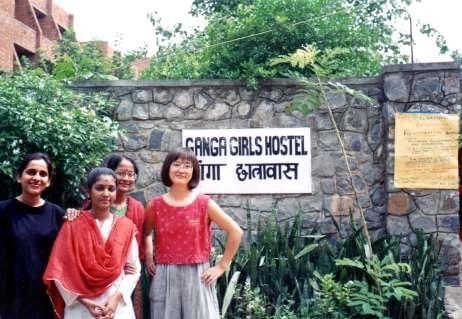
Tang Lu (R) with schoolmates in Ganga Girls Hostel of JNU in 1997.
Perhaps I have a special affinity with India, so I am always concerned about all things Indian around me. I feel really happy when I see even a little progress in the relations between the two countries. For example, I noticed that Aamir Khan starrer “Lagaan” could not garner any positive response in China in 2001, whereas, in 2011, his “Three Idiots” was immensely liked by the Chinese audience. Many youngsters in China become interested in India after watching “Three Idiots”. Another example is that of my friend M.H. Pastakia from Mumbai, who mustered all his courage to open his first Indian food restaurant, Taj, in Beijing in 1998.
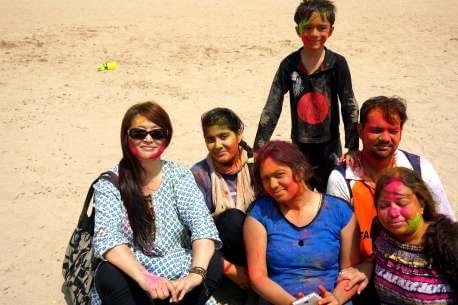
Celebrating Holi with Indian friends in Mumbai on March, 6,2015.
At that time business was slack. However, with the development of China-India relations, the number of Indians visiting China has increased a lot, and over a period of time, the Chinese people have also become more interested in the Indian food. Pastakia has opened three more branches of his restaurant in Beijing and the numbers of Indian restaurants have increased in Beijing, Shanghai, Chengdu and other Chinese cities.
Frankly speaking, although the last 20 years have seen a rapid development in China-India relations, I still feel there is some mistrust between the two countries. I think that continuing the official contacts is necessary for us to promote our relations, but boosting people-to-people exchanges in the following areas will also improve the relations effectively. First, we must conduct more comprehensive exchanges between the media of our two countries, because the media plays a vital role in building a healthy environment for the growth of the China-Indian relations. The way media persons perceive each others’ country is bound to affect more and more ordinary people. So, the suggestion is that influential Indian media persons should be recommended to visit China, and training courses for the journalists under the age of 35 years from both the countries should be held regularly.
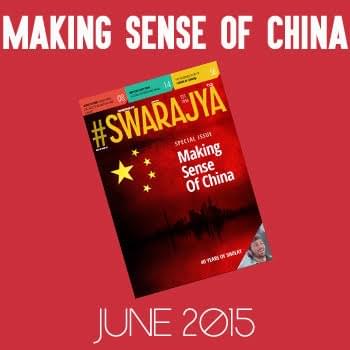
This article is a part of our Making Sense of China series. Click here for the contents of our June 2015 special issue on China
Second, we must strengthen exchanges and cooperation between our universities. Currently there is little cooperation between the Indian and Chinese universities and colleges. If we increase inter-university cooperation, then we would able to create a huge platform to enhance mutual understanding between the youngsters from the two countries.
Third, I think movies are probably the most direct, convenient and influential way to enhance people-to-people exchanges. The Chinese government should introduce more Bollywood movies about contemporary India every year and attach importance to their pre-release promotion by the media.
Fourth, the Chinese side should promote India as a tourist destination and encourage the Chinese people, especially the intellectuals, to travel to India. The tourism conditions in India are not very comfortable, but a visit to India offers the visitor a chance to know oneself and purification of one’s mind.
The year 2015 marks the 65th anniversary of the establishment of diplomatic relations between China and India.
In this special year, I am back to the familiar shores of India. As the bureau chief of Xinhua News Agency in Mumbai, I wish to witness the changes coming to India under the leadership of Prime Minister Narendra Modi, and the new leap in China-India relations under the leadership of Chinese President Xi Jinping and Indian Prime Minister Narendra Modi.
(The author is Mumbai Bureau Chief of Xinhua News Agency. The views expressed by the author are personal. )
The author is Mumbai Bureau Chief of Xinhua News Agency. The views expressed by the author are personal.





